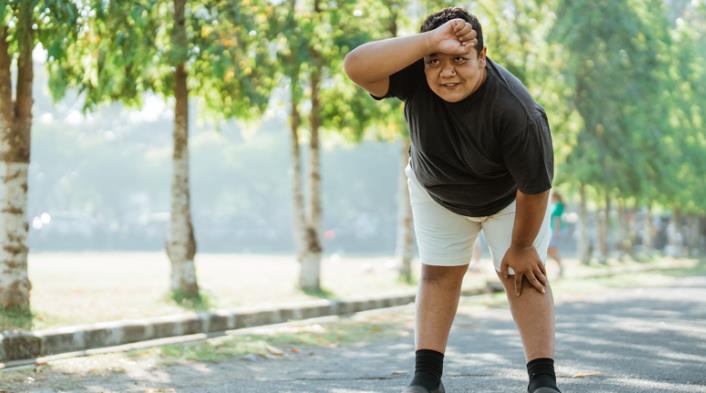Are you feeling tired throughout the school day after a workout session? Doing exercise is great for your body, but it is important to care about your overall well-being to get the best out of your workout. It comes with a proper nutritious diet, rest, and most importantly water intake.
Still not getting the point? Think about how much water you are drinking during exercise. Most of you have no accurate measurements of the water intake and that will be the sole issue for all the problems. If you are also facing this issue, then don’t skip the blog.
How is the Fluid Loss in Students?
Students’ daily life is full of physical activities. They start the day by working out or traveling to school by walking or cycling, climbing all the stairs, sports, and outdoor activities. So body fluid can be lost by intense exercises, body sweating, hot weather, and at higher altitudes.
Finding out the major reason for the water loss in the body and hydrating the body as per the need will be the perfect solution for this.
Why are students staying hydrated so important?
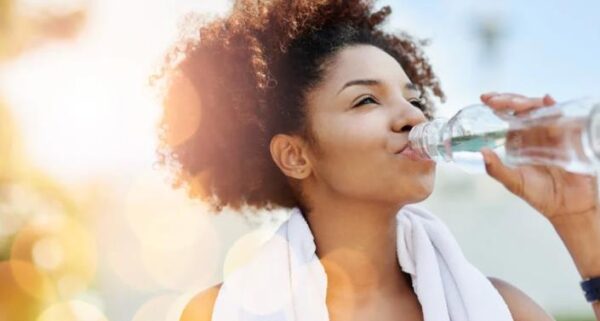
Did you know that staying hydrated is the only option for our bodies to transport nutrients to cells? Nowadays, even the classroom temperatures are becoming high due to the hot weather. If the student is not consuming enough water, it may lead to the risk of chronic dehydration.
The students can also feel dizzy, UTI infections, kidney issues, and the list goes on. So every student must be careful in their water intake, especially the working out students.
How Much Fluid Should a Student Drink for Every Pound Lost During Exercise?
To find out the exact measurement of water intake you need, there is an easy principle.
- Measure your body weight in pounds and divide it by half.
- The number you get by dividend is the measurement to drink water in ounces each day.
For example, if you weigh 140 pounds, then divide it by half, and you will get 70. So you have to drink 70 ounces of water each day.
This is the normal measurement and for highly intense body activities, water intake time is also important.
How much water to drink before a workout?
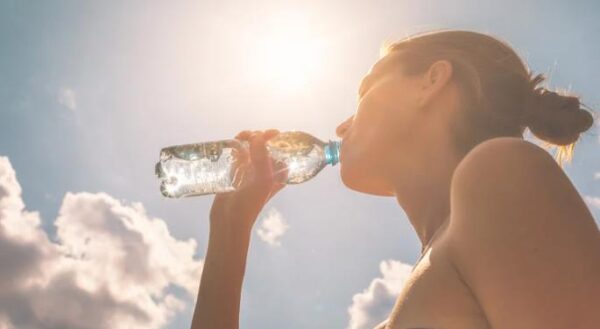
You need a perfectly hydrated body to start your exercise with full energy. To do this, try to drink 16 ounces of water two hours before the workout begins. Then, drink 8-10 ounces of water before 20 minutes of exercise or at the warm-up time.
Always remember to drink water sip by sip and avoid gulping water.
How much water to drink during a workout?
While doing the exercise you can drink 4 or 5 ounces of water every 15 to 20 minutes. If you are not doing that much intense workout, decrease the amount of water.
If you are doing high-intensity workouts, then you have to drink 8 ounces of water every 15-minute break.
How much water to drink after a workout?
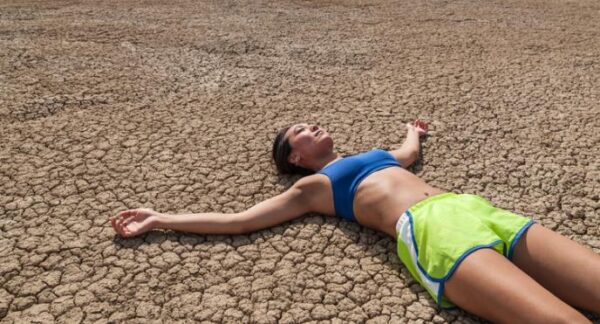
Here comes the last part, by sweating and completing the intense workout, you have to drink enough water. For this, you should drink at least 3 cups of water for every single pound you lose. Replace the loss of weight with enough water.
Signs you are dehydrated
If your body is dehydrated. It will show some signs. Check out the body signals showing that you are dehydrated.
- Feeling dizzy and tired
- Less Coordination and concentration
- Dry mouth, lips, and eyes
- Decreased attention
- Muscle fatigue or cramps
- Stomach aches and nausea
Tips for staying hydrated
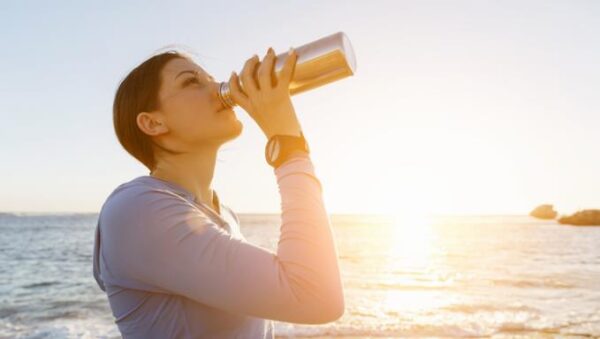
Always carry a water bottle with you in school as well as in your playgrounds. If you are a person not interested in drinking water, try to add your favorite flavor to it. Make a plan and time intervals to drink water and set an alarm for it. If you can’t set an alarm at school, then you can drink water at every subject period change and interval time.
You can also hydrate by having water-content foods and fruits. Try your favorite fruits like watermelon or veggies like cucumber which have a lot of water content.
Is water good enough for hydration for students?
Water will be the primary and the best option for hydration. Besides this, you can try drinks containing more electrolytes for energy. Drinks like coconut water, which has high levels of electrolytes and contains potassium, calcium, and magnesium, are best for hydration. As told above, having watery foods like berries, and grapes are also good. You can also choose healthy sports drinks to hydrate your body. It is not better than the water, but it has some sort of flavor that students like. So have chances to drink more than water.
FAQs on Water Amount for Exercising Students
How to drink more water in school?
Keep a water bottle throughout the day and drink water at regular intervals. If you have a reusable water bottle, you can fill it again and use it.
How does staying hydrated help students?
Staying hydrated will help the students become active, focused, and healthy all over the day and it can prevent so many health issues.
What if a student is not feeling thirsty after a workout?
Thirst can’t always be a sign of dehydration. Even if you are not feeling thirsty, drinking enough water is a must. This will only keep you healthy.
Drinking too much water after exercise is harmful?
Drinking water to avoid dehydration after exercise is important, but too much water intake may lead to conditions like hyponatremia.

